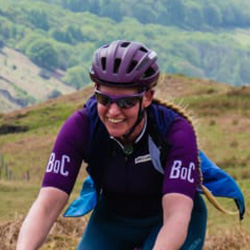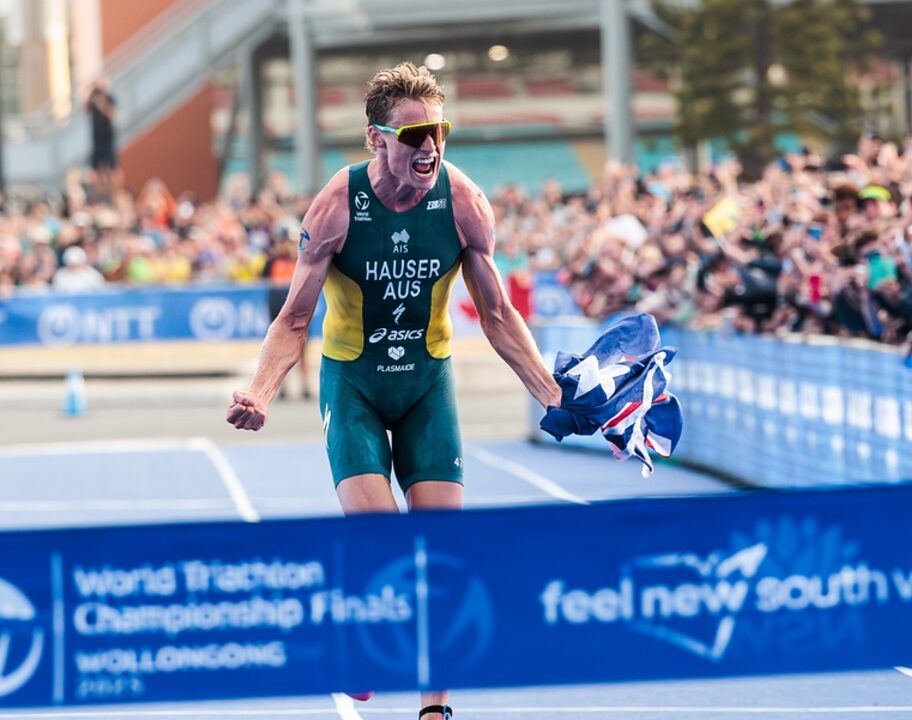Whether you’re a seasoned cyclist or a complete beginner, these organised long-distance rides offer a thrilling opportunity to test your endurance, push your limits, and embrace the camaraderie of fellow cyclists.
However, to make the most of your first sportive or Gran Fondo it’s crucial to be prepared. In this article, we’ll equip you with ten essential tips to navigate your first sportive or Gran Fondo with confidence.
Tips for your first Gran Fondo or Cyclosportive
Here are our ten essential tips to prepare for and ride in a Gran Fondo or cyclosportive: with advice from folk that’ve been there and done it. Follow them and you’ll be sure to reap the rewards (and enjoy the ride).
#1 – Choose your ride wisely
Focus on events that suit you and that provide flexibility on route distances – you’ll want to enjoy your first ride and despite those best intentions training may not go as planned! If you need inspiration as to which ride to take on, check out our list of iconic Gran Fondo and Cyclosportive from around the world.
“Don’t be scared into thinking these events are just for the lyra-clad pro’s. Shorter sportives are usually super-friendly, a few are women-only and you’ll find some folk riding hybrids. If you’re determined for your first ride to be a biggie, choose an event with several distances – if your legs aren’t up to it on the day, you can simply drop to a shorter route.

#2 – Get the miles in – but don’t forget strength work
Whilst a quick spin around the block may help your speed, it’s the winning combination of cumulative time on the bike and a conscious effort to build full body strength that’ll help you go the distance on the day.
“I see some riders over 40 limit their training to bashing out the miles on an indoor bike for hours over winter and then wonder why they can’t ride 70+ miles come spring, like they used to.

#3 – Ride social
Practicing cycling in a group will help you learn to share the road and boost your motivation.
Knowing how it feels setting off and riding with lots of other bikes around you makes a real difference to your confidence. Communicating effectively with other riders as you learn to share the road keeps everyone safer and happier.
#4 – Skills skills skills & hills hills hills!
Taking time to develop your skills will be key to keeping your nerve on the day.
Find a hill with a similar profile to the route and practice techniques such as seated climbing and smooth descending in a variety of road and weather conditions, whilst keeping your upper body relaxed. Your body (and mind) will thank you for it.
If you’re new to cycling, the “faffing” that comes with kit selection on the day can be swerved if not entirely but significantly, with preparation.
#5 – Give your kit some thought
Keep a close eye on the forecast and if you’re unsure- then think light and layered. Choose layers that can come off/ on easily and are stow-able as the day warms up. Make sure you know where you can keep your bag for afterwards in advance.
#6 – Show your bike some love
Petrified of punctures? Chain coming off?
Knowing how to give your bike a good clean and lube, how to check it over before setting off and preparing for roadside fixes will keep you safer and give you confidence when you get caught out.
Many routes are chosen to avoid main roads, so it’s important to carry the essentials and know how to fix a puncture regardless of the mechanical support on the day. Top of the list should be a spare tube, tyre levers and a mini pump. Local mechanics and bike shops are there to help, often for free. Initiatives such as the UK’s Government-backed Big Bike Revival and Dr Bike programme operate nationwide to support fixing skills, as do many local bike stores.
“I see a lot of worries around punctures. It’s worth checking with your local bike shop to see if your wheels are tubeless compatible.

#7 – Fuel the tank
The day before: ignore the carb-loading cliches. Spread your food intake in the days beforehand and drink water regularly the day before to keep you hydrated during your first event.
On the day: focus on a decent breakfast even if you feel nervous or jittery; with water in sips not gulps. Underestimate the amount of waiting time at the event at your peril; this is the time for little snacks and sips of water; plus the obligatory nervous loo stop.
During the ride: eat and drink little & often. If you feel hungry you’ve left it too late; you’re fuelling for 8-10 miles down the road. If you’re worried about eating on the go, pull over and stop rather than “bonking”** down the road! Same goes with drinking; it’s better to run out of water or need a pee than to hold back and dehydrate.
**Sounds funny but isn’t. The slang term for hypoglycaemia, which happens when you exhaust all of your body’s glycogen stores, leaving you with abnormally low blood sugar levels.
The big day isn’t the time to try anything new on your guts. Refill your pockets at feed stations but avoid the temptation to gorge. Remember little & often! Bodies can get cold after a big feed so don’t linger but do use the fuel stops for a quick stretch and loo stop too.
#8 – Take your time
Mass participation events are a thrill. Mass starts (often in pens) can be daunting and come with the added temptation to surge forwards.
Nervous excitement can take over which wastes energy. Deep breaths and checking in with yourself throughout the ride are vital to completing.
Tell other riders it’s your first event and they’ll probably look after you at the start but you need to keep asking yourself how am I feeling? Am I too hot/ cold? When did I last drink/ eat? Will that be enough to fuel me 8-10 miles down the road? Do I need the loo? Am I in the right gear and effort level?
It was how I imagined it might feel running the London Marathon. We were held in huge holding pens at the start, with a lot of nervous waiting around. It was a feast for the eyes though; tens of thousands of friendly riders and not a single bike the same.

#9 – Know the route – then chunk it up
Staying local will allow you to recce, ride or train on the route in advance but if you’re going somewhere completely new a GPS unit (sat nav for bikes) can help ease the stress of navigation and tell you when the big hills are coming up.
The last miles can drag regardless of the distance you’re attempting. Breaking the distance down into manageable chunks of 5-10 miles can help, along with imagining the distances as the familiar routes you’re used to riding at home.
#10 – Make the most of it!
Remember why you signed up in the first place?
The camaraderie, atmosphere, seamless support and views offer an unforgettable experience. Official medals can be an added bonus, along with the terrific sense of achievement.
Participating in a Gran Fondo or Cyclosportive can be an exhilarating and rewarding experience for confident cyclists and beginners alike. It offers a unique experience, whether you’re attempting a new local sportive or an epic Gran Fondo.
But preparation is key. By following these essential tips, you’ll be better prepared to embrace the full Gran Fondo or Sportive experience, from selecting the right event to honing your skills on and off the bike.




















